It’s no secret that buying and building a home is a major investment in your future. Getting on the property ladder when you buy your first home is one of the best ways to invest in a hard asset that appreciates over time, is sheltered from inflation, and builds generational wealth.
Often, the first major hurdle people come across in the homebuying process is the large lump sum needed for a down payment. While lenders and mortgage brokers have generally moved away from the traditional wisdom that the down payment should be at least 20 percent of the total cost of a house, they still almost always require one. That payment could be anywhere from two to 10 percent or more of the total cost of the home.
If you’re shopping for a new home that costs $300,000, this means you’d need a down payment between $6,000 to $60,000. That is not an insignificant amount of money, especially when you still have other financial responsibilities.

There are various options for different types of home shoppers to afford that chunk of change. For instance, first-time home buyer programs and VA loans can help some home shoppers obtain loans that have lower down payment requirements. And thanks to the work-from-home explosion, more professionals can keep their job, and live in areas with affordable costs of living. This can include living with family while still holding down a job, moving to more affordable real estate markets, and investing in homesteading and a rural lifestyle.
If none of those situations apply to you, don’t fret; depending on where you live, you can find affordable new construction homes that fit this budget. NewHomeSource has a wide range of home buying tools that can help you get a clear picture where your finances sit as you start your journey to homeownership. With easy filtering tools, you can find affordable homes that you actually would want to own.
Major Markets With Homes Under $300,000

- Houston, TX
- San Antonio, TX
- Austin, TX
- Atlanta, GA
- Indianapolis, IN
- Jacksonville, FL
- Nashville, TN
- Phoenix, AZ
- Raleigh, NC
Shop Smart and Buy New
Home shoppers can invest in their dream home at an affordable price. With additional savings built into new homes, buying new for your first home can save you a lot of hassle and cash down the line. Features such as extended warranties and upgrade packages ensure that you won’t have to shell out more money down the line repairing or updating your home. You can use NewHomeSource’s filtering feature to search for homes in the exact price range that is comfortable for you in the area you wish to live in.
As you start saving for a down payment and shop for your new home, know that buying new can save you more than sweat equity. New home builders often offer special incentives to help home shoppers move into their dream homes faster.
Offers that can include lowering the price for home shoppers without a realtor or lowering, or completely covering closing costs can lower your mortgage price by thousands of dollars. Depending on your builder, they may have in house financial teams, or preferred lenders that can help you secure mortgages that have lower rates, lower down payment requirements, or other beneficial features that can save you thousands more over the lifetime of your loan.

This article is intended to help people who want to invest in a new home, but feel overwhelmed with saving up for a down payment. At NewHomeSource, we understand that buying a home is a major financial endeavor (and that telling people to not eat avocado toast isn’t helpful).
The purpose of this article is to help potential home shoppers make changes that can help them save for a home and get into a healthy financial situation, without sacrificing their lifestyles. A new home is part of a lifestyle you love, in addition to engaging hobbies and financial well being.
Start Saving for Your New Home: Track Your Spending History
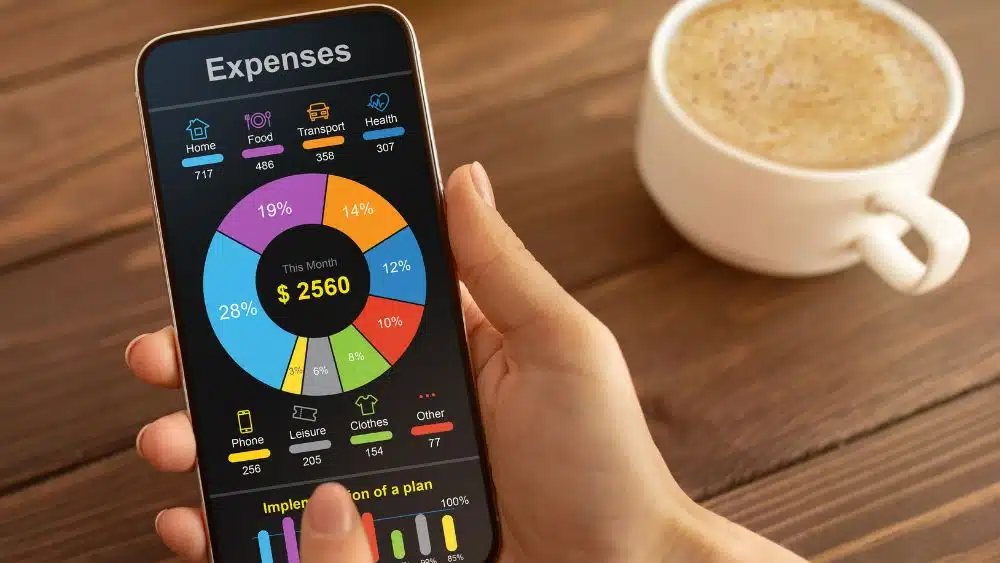
Before you start depositing money into a savings account for the down payment on your new home, you need to have a clear picture of your finances. Once you know where your money is going, you can decide what aspects of your spending can be eliminated or trimmed.
After you know where savings can come from, budgeting tools can help you stick to your goals, and make your savings more tangible. You can’t manage what you don’t track, but, fortunately, keeping track of spending is easy and free. Given the prevalence of unconscious spending (thank you, internet), you may be surprised at how much you can potentially save without having a major affect on your lifestyle.
Savings Tracking Checklist
Step One: Check your banking app to get a high level picture of your spending habits. This might not be 100 percent accurate, as most banks lump almost all online purchases as shopping, even if you buy groceries, baby gear, or other essentials online. However, it’ll give you a starting point.
Step Two: Categorize your spending. Put your spending into categories, and determine how much you spend in each category. Categories can include, rent, groceries, clothing, going out, etc.
Step Three: Find a tracking and budgeting system that works for you. NerdWallet has a great rundown of budgeting and savings apps that can help you track past spending, plan future budgeting, and stick to your savings goals.
Step Four: Create a separate high-interest savings account where you can deposit your money, and watch your new home down payment grow!
Savings on Daily Living
We know, we know. We said you wouldn’t have to change your lifestyle. And you don’t have to! However, if you’re looking for even more ways to add to that down payment savings account, there are a number of small changes you can make in your daily life that will have a major impact on your finances.
Some small tweaks have the potential to unleash a huge savings capacity, and put you in a healthier space financially, physically, and mentally. The best part of it is, you can do this while still enjoying your life.
Cut Back on Fast Food
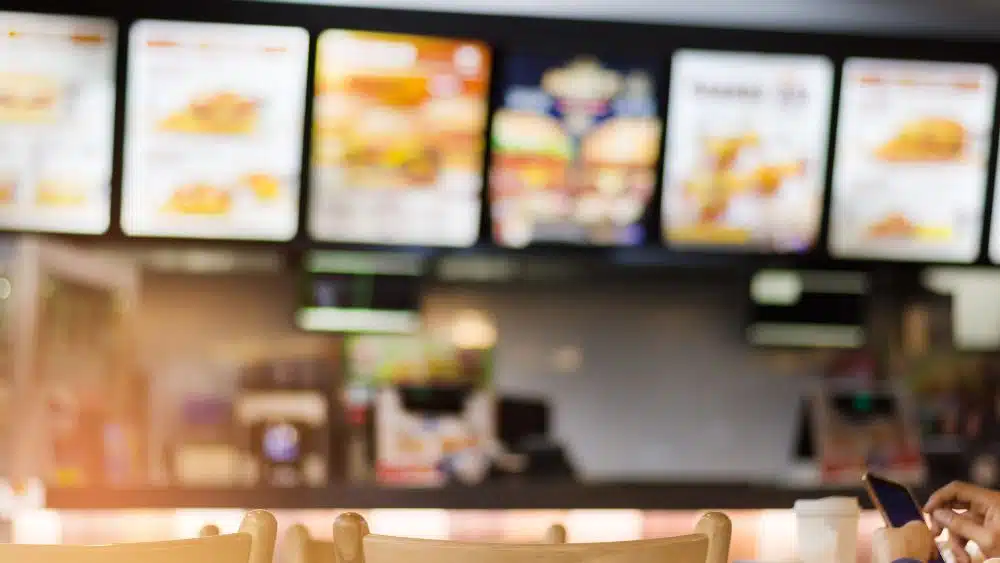
Turning to fast food for every meal is bad for your wallet and your health. Because fast food is so convenient, and seems inexpensive, it’s easy to dismiss how much you’re actually spending on it.
Even at low-cost chains like McDonalds, you can get a meal from the Value Menu for around $6. A meal at a more expensive chain like Arby’s or Chick-Fil-A will set you back around $9. If you eat two meals a week at an inexpensive chain, that will cost you $622 a year. If you eat there five times a week, it will cost you $1,560. Eating at a more expensive fast food chain two and five times a week will cost you $936 and $2,340 a year, respectively. That’s for one person; if you have a partner or children, those costs double, triple, etc. And if you’re getting those quick bites via a delivery app, you can likely add another $10 for delivery fees and tip.
Skipping every other lunch at your favorite fast food chain might not seem like it could help you save for your home when you look at individual bills, but this minor change can easily add $311 to $1,175 (or more, if you’re buying for more than one) to your down payment fund.
Quick Tips for Saving Money on Fast Food:
- Opt instead for bulk ingredients from the grocery store to pack your lunch at a much lower cost per meal (and significantly fewer calories to boot).
- See if your grocery store offers a grab-n-go selection for when you want a yummy meal in a hurry.
- Delete ALL food delivery apps, so you aren’t getting those tempting push notifications around lunch and dinnertime flaunting burgers, chicken nuggets, and pizza when you’re hungriest.
- Take a healthy snack with you when you go run errands so you aren’t tempted to grab fast food while you’re out.
Cut Back on Eating Out

The US Food Survey of 2023 found that, on average, Americans spend $166 per month eating at sit down restaurants. That’s a whopping $1,992 per year. Cutting back on dining out and being mindful of how you spend money at the restaurant can help you quickly grow your down payment fund.
Saving money on going out doesn’t mean you can’t enjoy time with your loved ones. Here are some quick tips for saving money on eating out:
- Have more dinner parties with your loved ones. Cooking at home is almost always less expensive, and is a more intimate setting than a restaurant.
- When you do go out, stick with water. A soda, tea, or lemonade at a sit-down restaurant typically costs around $3. A beer may cost you closer to $7; a cocktail will likely be around $12.
- When you do go out, skip appetizers and dessert. Even if you grab a tub of ice cream on the way home, you’ll end up paying significantly less than if you order one (or more) $12 dessert at the restaurant.
Save Money at the Grocery Store

The grocery store is another area where small and prudent changes can save you a lot of money that you can put toward your down payment. Minor tweaks in how you shop for your groceries can result in saving you money, ensuring you have healthy food you’ll actually eat, and cutting down on your household waste.
Almost 40 percent of food bought in America is wasted. Not spending money on groceries you won’t eat can save you an average of $1,300 per year, according to a 2020 study by William and Mary College. When you are thoughtful about your grocery shopping, you can do your part to eliminate food waste and get closer to your new home purchase, while making smart, lifelong choices for your financial well being.
Quick Tips for Saving Money at the Grocery Store:
- Plan your meals before you go to the store and make a list around those plans so you don’t end up getting perishable food you aren’t going to eat.
- Shop in smaller trips.
- Eat all your perishable food before you buy more. Check your fridge and pantry and make your meal plan around what you already have. This helps you buy only what you absolutely need when you grocery shop.
- Buying in bulk only saves you money if you eat the things you buy. For small families who don’t have a ton of freezer space, bulk purchases might be best for nonperishables such as paper items or canned goods.
- Frozen fruit and veggies are just as healthy as fresh options, so if produce going bad is your problem, consider making this switch.
- Instead of buying pre-packaged or prepared meats, get the same cut of meat and prep it yourself.
- Eat in-season fruit and vegetables instead of pricier out-of-season options.
Saving on Clothing

On average, Americans spend over $1,200 on clothing per year. Like groceries, studies have also shown that clothing is an area where there is a great deal of yearly waste. The average American throws away 112 pounds of textiles per year, making it a great spending area for potential savings as well as reducing your footprint.
Depending on how big of a down payment you need to secure your mortgage, simply not buying new clothes can add up to 20 percent of your down payment to your savings. In addition to adding massive savings to your down payment funds, not buying new clothing helps keep your closet clutter free and reduces waste going into landfills.
Quick Tips for Saving Money on Clothing:
- Take an inventory of your closet to remind yourself of all the clothing you already have when you feel tempted to buy a new item.
- When you want to go shopping, be honest about if you need something new, if you already have something similar, or if you would actually wear the item you’re thinking about buying.
- Remember, trendy, fast fashion outfits look cute on social media, but rarely look that cute on an actual person.
- When you do need an item of clothing, go thrifting in person, and only get what you need. Remember: if you don’t absolutely love it in the store, with its optimal lighting and mirror angles, you shouldn’t get it.
- Channel your inner Cher Horowitz from Clueless and make a physical inventory of all your clothing items. It can be as simple as a spreadsheet or as complex as a virtual rotating closet, but having your clothes at a glance will help you curb your retail therapy urges.
Savings on Fitness
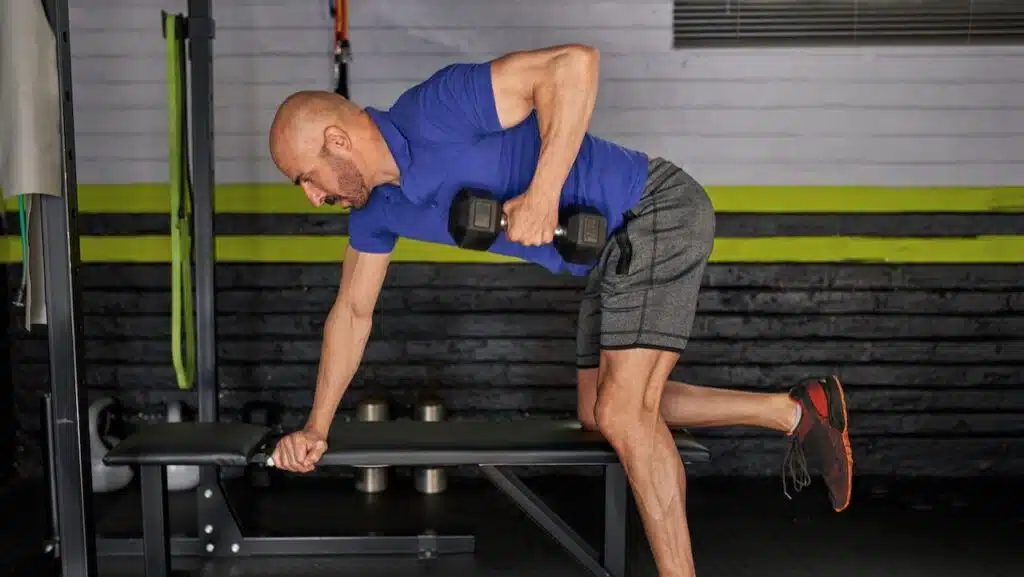
Personal fitness and general wellness are important parts of living a life you love. In fact, studies have shown there is actually a link between physical and financial wellbeing, indicating that you can use the discipline you need to stick to your budget to stick to your workout routine, and vice versa.
Unfortunately, memberships, gear, and classes can get very expensive very quickly. However, you can divert money spent on excessive fitness expenses to help reach your new home goal, without sacrificing your health goals.
Quick Tips for Saving Money on Fitness Routines:
- If you aren’t using your gym membership, cancel it. Spending money on an aspirational gym membership isn’t good for your mental or physical health, and wastes money.
- For many people, there are fitness activities that work for their lifestyle, cost less than a gym membership, and are more convenient than going to a gym. Activities including yoga, motion workouts, body-weight workouts, walking, running, and more can be done for free at home.
- Don’t take expensive or trendy classes. If your goal is sustainable fitness that saves you money, high-intensity, expensive, and trendy classes are not the answer. These types of classes can cost anywhere from $15-$80 for one class, or $20-$50 per week. Even one $15 class once a week is almost $800 per year. A membership that costs $175 a month (not unheard of for specialty classes like kickboxing) adds up to $2,100 a year.
- There are a lot of free and fun ways to stay healthy, including joining a community sports league, going for walks or runs around your neighborhood, and doing free workouts in your home or in a park. If your neighborhood has a recreation center, check what open gym hours are and get to know your neighbors while playing basketball, volleyball, or pickleball.
- Skip the trendy workout gear. Expensive gym clothing isn’t going to help you stay healthy and costs a lot of money. Skipping the lululemon leggings in favor of a pair from Walmart won’t change your workout, and can save you $80 or more per pair.
Savings on Subscriptions

Subscriptions decrease your income and increase the amount of clutter in your home by charging you for literal boxes of stuff that you don’t need and might not even want.
The beauty of canceling subscriptions is that you can divert some or all of the savings to your down payment stash. Streaming subscriptions and subscription boxes don’t seem that expensive when you look at the individual monthly bill, but multiple subscriptions over the course of a year cut into money you could be saving or using on things and experiences you actually want.
Start Saving Money on Streaming

Once Netflix broke the seal on streaming, services started cropping up all over the place with stuff to watch. Do you really need to access all the streaming sites? Do you actually watch all the content on them? Probably not.
One of the fastest ways to trim your spending and slash your subscriptions is to figure out what streaming services you actually watch and cut back accordingly. Many streaming platforms have tiered access, so if you enjoy their content, but still want to save, drop off of a premium plan and go for the cheaper option.
Streaming Costs:
- Netflix: Costs $6.99 for standard plan, $19.99 for premium
- Hulu: Costs $79.99 per year for standard plan, $17.99 per month for premium
- Disney+: Costs $7.99 per month for standard plan, $10.99 per month for premium plan
- Peacock Costs: $5.99 per month for standard plan, $11.99 per month for premium plan
Stitch Fix
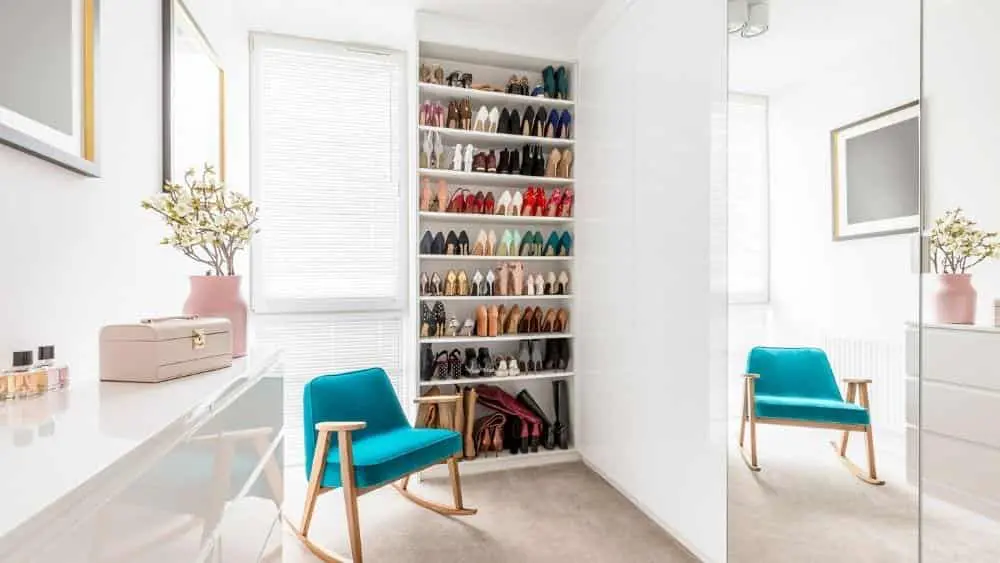
Stitch Fix has blown up in popularity by pairing people with a personal stylist to help them create curated wardrobes. However, each box comes with a $20 fee; if you keep any of the clothes or accessories in the box, the $20 goes toward that item, but if you don’t, you still have to pay minimum $20 to have received a box of items you don’t want.
If you do need to curate a specific wardrobe, you can save money by taking styling into your own hands. Take inventory of the clothes you have and determine which pieces you can mix and match. Search for capsule wardrobes that match your style, then thrift the pieces you need. If you’re in college, some universities might have suit exchange programs where you can get professional clothing for free or at a reduced price.
Beauty Boxes
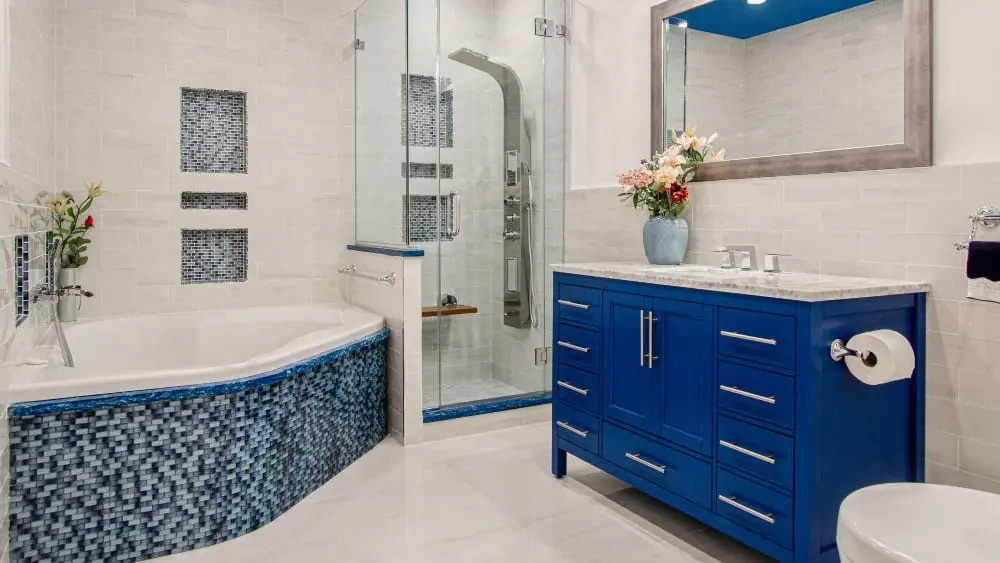
Beauty boxes are fun, but they don’t necessarily deliver products you actually use, and generally contribute to a big pile of clutter in your bathroom. Popular beauty boxes cost upwards of $20 a box, and can cost hundreds of dollars over the lifetime of your subscription.
An extra kicker, many beauty box subscriptions don’t even send full sized products, and because they sell themselves as a great way to find new products, you can’t request the products you love again and again. So, even if you do end up liking something from your subscription, you’ll need to go out and buy more of it!
You can save significant chunks of change by canceling beauty box subscriptions, then diverting saved funds to the products you actually use and to your down payment fund.
Crafting Subscriptions

Crafting subscriptions are another very popular subscription option that doesn’t seem like it could impact your savings, until you look at the larger cost.
Crafting boxes tend to have higher monthly costs than other subscription options, generally costing around $30-60 per box, and aren’t a great deal if you’re hoping to teach yourself a craft.
Depending on the craft, the boxes usually only come with the instructions and tools to complete one project, so you won’t be able to keep practicing your new skill. You have to wait until the next box comes to start your next project – which will likely be a whole other type of craft.
The price of one crafting box can pay for almost all the beginner art tools you need to start to learn something new. A $60 craft subscription that comes every other month will end up costing you $360 per year. Taking advantage of free online tutorials and more affordable beginner tools, you can teach yourself a fun hobby, and save for your new home.
Book clubs
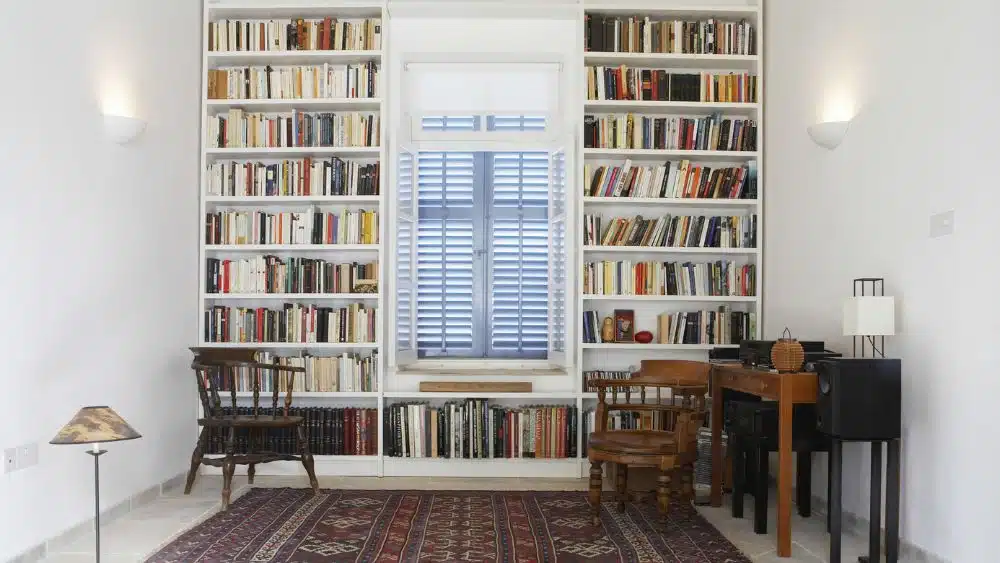
Book club subscriptions are another spending area where you can enjoy all the benefits of the subscription with major savings and minimal sacrifice.
Generally costing between $20-$60 per box, and only delivering up to four books per box, you can easily read your books and save your money by:
- Checking out new or trendy books from the library, either hard copies or via the library’s app
- Buying used books at drastically reduced prices from places like Half Priced Books or ThriftBooks
- Doing book swaps with your friends
- Getting books from your local little free library
- Try audiobooks, which you can also get free from your local library’s app
There are a number of easy ways you can rack up savings for your new home by tweaking your daily living. An ocean is made of tiny drops, and big chunks of your new home down payment fund can be made from seemingly small changes to how you spend your money.
Savings on Experiences
One of the biggest shifts in how the generations spend money has been prioritizing experiences over possessions. And even while saving for your new home, you don’t have to stop learning, experiencing fun things, or expanding your horizons.

Here are some easy ways you can still try new things while saving for your home:
- Go to museums on free days: Almost all cities and large towns have museums that cater to a wide range of interests. Explore your local museums on reduced fee days for a unique experience that won’t detract from your savings.
- Find free experiences available where you live: Almost all cities have free community events that can help you get out of the house and connected with your community.
- Don’t buy drinks in clubs or bars when you go out with friends: If you’re looking for ways to save money, be the designated driver when goin out to bars or clubs. Skipping alcoholic beverages can save you around $45 per event, and will be good for your long term health. Given that the average American goes out two nights a week, that can save you $90 a week, and $4,680 a year! Many nightlife spots have specials for designated drivers, so you may be able to save even more money on cover fees and non-alcoholic beverages too.
- Sign up for free classes: Community centers, colleges, and local clubs might have free classes and lectures. See if there are local classes and lectures that you can attend for a neat night out that saves cash.
- Turn chores into experiences: There are ways that you can turn the Honey Do’s in your life into fun events. If your area has a farmers market, skip the grocery store, and head over to the farmers market to get your produce and have a fun time. Shop in local arts centers or at artisanal shopping centers when you need a gift instead of scrolling through the online storefronts of big box stores.
Savings on Casual Spending
Internet retailers have mastered the art of converting potential customers into repeat shoppers and separating them from their money. Because we’re all connected to brands online, and the brands make it easy to take our cash, falling into spending money on things you don’t want or need isn’t difficult.
You may be surprised at how much eliminating casual spending from your finances will impact your down payment savings. Reducing the temptation to spend money can also help you meet other savings plans.
Casual spending takes a major toll on your budget, and doesn’t make your life better or more fun. Fortunately, there are a number of ways you can cut the casual spending temptations out of your phone – and life.
- Unfollow retail brands on social media: If you don’t see a lot of stuff you might love from retail brands as you scroll social media, you’ll be less tempted to visit their online stores and spend money.
- Unsubscribe from email and text notifications from retail brands: Direct access to your phone gives retail brands the ability to stay on your mind all the time. Fight the “It’s on sale” FOMO caused by retail brand notifications by simply opting out of their messaging.
- Disable one click purchasing: One click payments on sites like Amazon make getting things you need really easy. It also makes impulse shopping easy. Even something as simple as having to click two or three times to make a purchase can cut down on casual spending.
- Disable features like Apple Pay: Like one click payments, ApplePay makes impulse shopping easy. Disabling this feature means you have to put your credit card information in every single time you want to make a purchase, lowering the likelihood of you actually going through with spending money.
Big Ticket Savings
In addition to saving money on daily living and casual spending, you can cut back on big purchases to divert some cash to your new home down payment fund. While some of the savings in your daily life can add up without dramatically changing your lifestyle, some of these big ticket savings can cause drastic, but short-term changes to how you live. But when you’re saving for a milestone like a new home, a short-term sacrifice might be worth it.
As you decide how you want to save for your new home, think about what you’re willing to forgo to move up your move in date.
Save Money on Travel

A hard pill for people with wanderlust to swallow: even relatively affordable travel can cost a lot of money. Plane tickets, stays in hotels and AirBnbs, eating out, excursions, and shopping add up fast.
According to Pasco, the average American saves between 5-10 percent of their yearly income for travel and vacations, and the average vacation cost $1,919 per week for one person, and balloons to $3,838 for two people. Skipping expensive vacations while you’re saving for your new home requires sacrifice, but can add a significant chunk of change to your down payment fund.
Here are some ways that you can still explore, while saving for your new home:
- Skip the airfare, rental car fees, and hotels and go on day trips.
- Skip campground fees, and get a state park pass for even more savings.
- Go to museums on free days.
- Explore the city you live in, and go to free events.
- Still feeling the cabin fever? Try a stay-cation in your city instead: head to a touristy spot or two in your city you’ve never visited to get the “vacay vibes” without shelling out for travel and accommodations.

Save Money on Housing
One of the most frustrating things about being a first time home shopper is knowing that mortgage payments are often comparable to rent, and that you are pouring money into someone else’s asset. As you save for your new home, see if there are ways you can spend less on housing, and divert your cash into your down payment fund.
- See if rental spaces in your location with fewer amenities cost less in rent.
- See if rental spaces in your city that have longer commutes cost less in rent.
- See if you can take on a roommate or be someone’s roommate.
Put Your Money into a High Yield Savings Account
After you’ve trimmed your unnecessary expenses, you can make your savings work for your new home! Putting your money into a high interest savings account dedicated to your new home has two major benefits. Firstly, you can earn a higher rate of return on your savings, adding free money to your down payment fund. Secondly, high yield accounts often have penalties for withdrawing funds early, so you won’t be tempted to spend the cash you’ve saved!
Saving for the down payment of your new home isn’t easy, but it is doable. When you’re ready to start your journey to home ownership, NewHomeSource makes it easy to shop for new construction homes in your market at your budget.
NewHomeSource also has a wide range of financing resources, so you can learn everything you need to know about financing your new home.

After graduating in 2016 from The University of Texas with a degree in English, Sanda Brown became a content writer for the BDX with a focus on website copy and content marketing.
At the BDX, Sanda helps write and edit articles on NewHomeSource.com, writes website copy for builders, and manages a team of freelancers that work on additional content needs.
 Ready to move to Greeley, CO? Check out our comprehensive relocation guide
Ready to move to Greeley, CO? Check out our comprehensive relocation guide